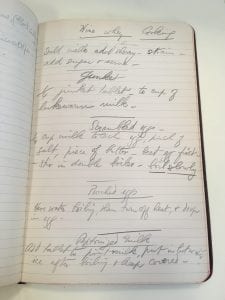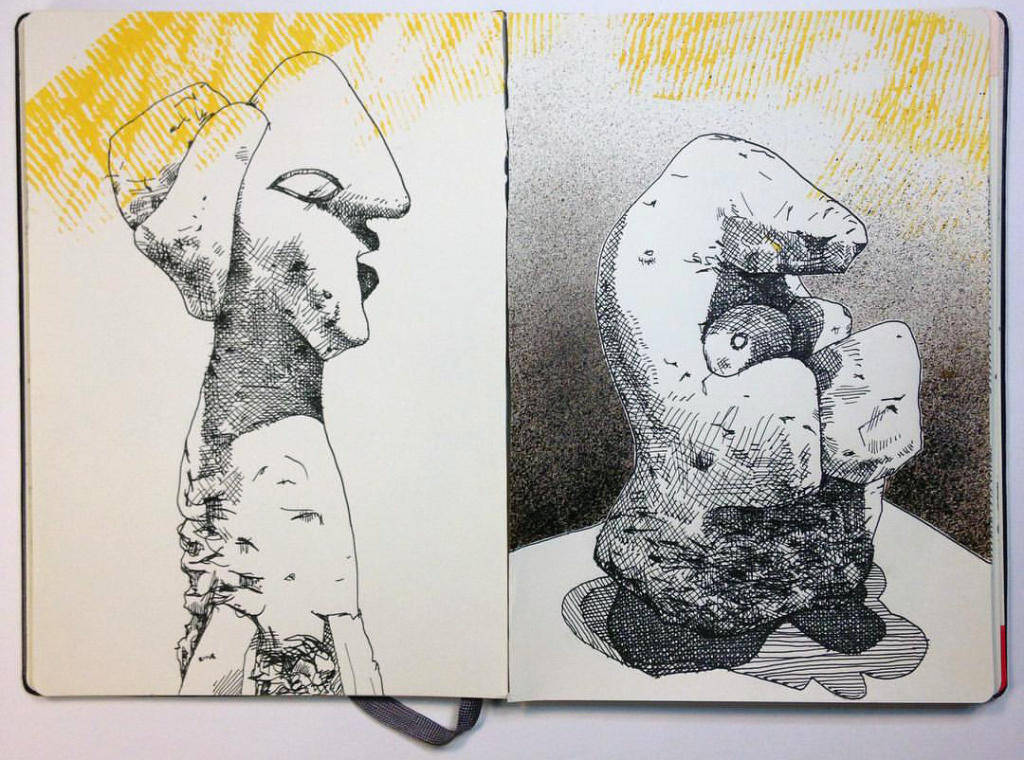Here’s an interesting little element of the generally sleazy and disgusting Jeffrey Epstein case: his “little black book.”
From the July 22, 2019 New York Times: What’s Inside Jeffrey Epstein’s Little Black Book?
First discovered by the journalist Nick Bryant, Mr. Epstein’s little black book has resurfaced as part of the current investigation into the sex crimes Mr. Epstein, a 66-year-old financier, has been charged with. (Last week, a federal judge denied his request to await trial at his $56 million Upper East Side mansion.)
Alfredo Rodriguez, Mr. Epstein’s former house manager, attempted to sell the book; it was published in 2015 by Gawker, with the telephone numbers redacted.
Described in an F.B.I. affidavit in 2009 as “a small bound book,†the item contains the names of people who viewers theorized may have known Mr. Epstein socially. Being in the book suggested a fuzzy complicity: Might these people also have known, or had some sense, of his crimes?…
Mr. Epstein’s book has become a symbol of the exclusive world of the very famous and very rich, and the secret life the financier lived.
That makes it the latest in a line of “little black books†that have played key roles in crime stories as far back as the mid-18th century, when Samuel Derrick conspired with Jack Harris, the “Pimp General of all England,†to create an annual guide to London’s prostitutes and their specialties. It ran hundreds of names long and was known as “Harris’s List of Covent-Garden Ladies.â€
Ever since, the term “little black book†has come to represent something of a secret directory both in true crime tales and in the arts; a list passed along among insiders and conspirators; a source of illicit knowledge and a record of it that could be weaponized. The little black book has transcended mere notebook status to become a cultural trope, symbol and narrative device. (Also, on occasion, a gift item.)
The article goes on to trace various examples of little black books being used to hold lists of ex-lovers or other sorts of scandalous contacts. Unfortunately, there aren’t any pictures of the notebooks except for this one!

I’ve had many little black notebooks, but the only one that might have qualified as a “little black book” was a black plastic looseleaf notebook that I used as a pre-teen. In it, I created pages about various kids I knew at school, noting whether I liked them or not, whether they’d been mean or nice to me, whether they were smart, or pretty, or good at sports, etc. Nothing all that scandalous, but I remember looking back at some of my comments and being embarrassed enough that I’d never show it to any of those people today!














